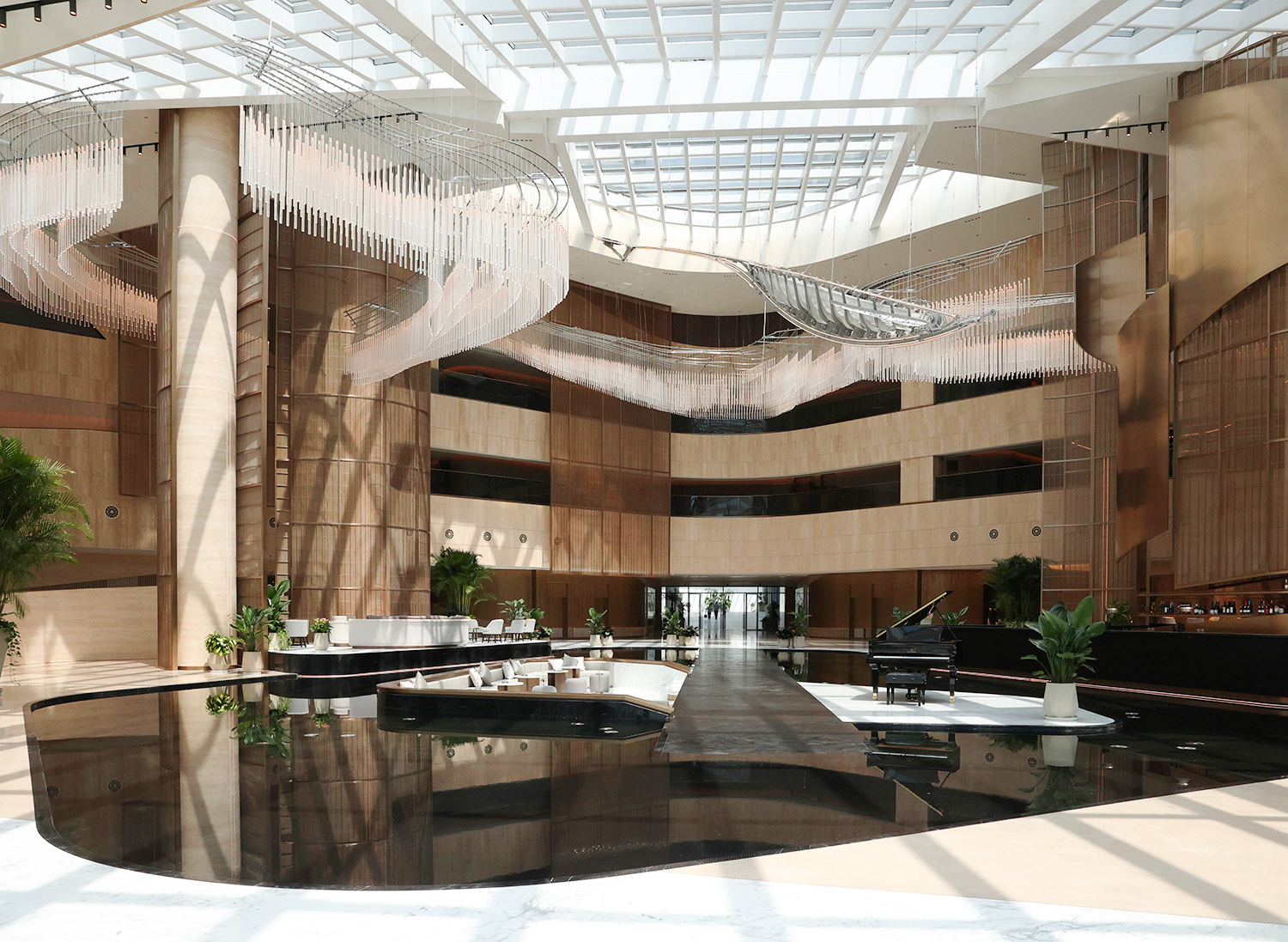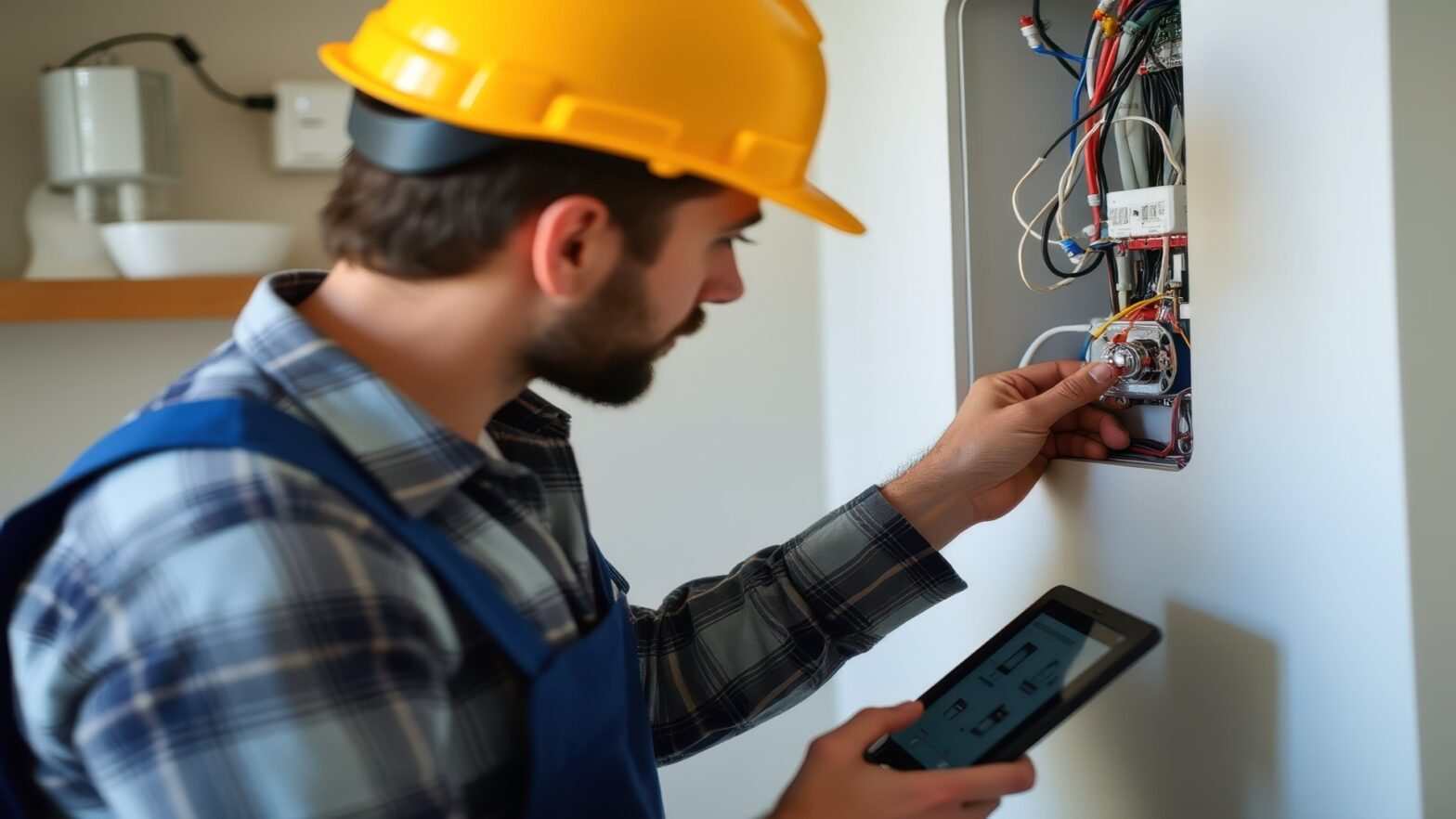The Rise of Sustainable Smart Buildings: A Simple Guide about the buildings of the future
What is Smart Building?
A well-designed building utilizes cutting-edge technology to ensure the wise and cost-effective use of resources, while providing a safe and comfortable atmosphere for those within. These smart structures utilize a variety of existing technologies and are designed or retrofitted to seamlessly incorporate future technological advancements.
Smart buildings employ advanced automation systems to control HVAC, lighting, security, IoT sensors, building management systems, AI, and augmented reality. Smart buildings integrate energy management systems to save energy. Advanced security measures, such as surveillance cameras, access control systems, and cybersecurity protocols, are integrated into smart buildings to ensure the safety of occupants and protect against potential threats.`
What are Intelligent Building Solutions?
What sets intelligent buildings apart from their standard counterparts is the scale of connectivity. As a result, the space must be designed or redesigned so all devices support each other and contribute to a holistic and efficient experience. As you might imagine, these systems can become quite complex, which is why stakeholders need intelligent building solutions to remain organized.
Building management systems (BMS) are platforms that centralize control for systems throughout a facility. Compared to traditional buildings, a facility manager would need to operate each process manually — be it security, lighting, building access, HVAC, or something else. A BMS puts all functions into a single platform or dashboard, so managers have control from a centralized location.
Intelligent buildings are best known for their automation capabilities, but they also enable precise control of building features. A well-designed IBMS should offer big picture and granular perspectives of the structure, from entire floors to individual visitors. Facility managers may need to look up a single smart device in a specific room or make network-wide changes to security systems — IBMS makes that possible.
Smart Building Technology
Smart buildings are evolving and are expected to grow 11.3% from 2023 to 2031. Smarter, more connected buildings are coming. The main reason for adopting smart building technologies is to reduce the carbon footprint and it does make sense. Automation helps use resources more efficiently while not sacrificing the comfort of the building tenants.
The technology behind smart buildings enhance the tenants’ well-being by promoting a more people-focused and personalized approach. Furthermore, smart buildings are more fitted to the hybrid culture which aligns with the post-pandemic need for a more flexible approach. Recent advances in smart technology have made buildings more sustainable, cost-effective, and healthier. Smart buildings will solve productivity, cost, and environmental issues.
The primary objectives of smart building technology encompass the integration of IoT-driven solutions for more efficient facility management. Unlike intrusive alterations to existing wired infrastructures in Building Management Systems (BMSs), IoT battery-operated sensors are strategically deployed throughout the facility.
Smart Building Technologies Exhibit Three Key features:
1. Connectivity & Analytics of All Building Systems
- Through IoT interconnections, smart buildings gain power-quality monitoring, advanced analytics, and energy measurements.
- Real-time tracking of HVAC and lighting operations is possible, providing access to historical data for informed decision-making.
- Advanced data facilitates remote responses during emergencies, optimizing building operations.
2. Remote Facility Management & Control
- Smart building technology simplifies data collection and management, allowing for intuitive control.
- Examples include voice-activated door opening for the disabled, footfall counters, and smart lighting solutions to assess occupancy.
- Data-driven insights contribute to efficient building utilization.
3. Controlled Resources Use & Connectivity to Smart Grids
- Sensors enable informed decisions, leading to responsible energy consumption and targeted improvements.
- Smart building approaches enhance control over HVAC energy flexibility, utilizing remotely controllable thermostats and meters.
- Predictive maintenance is facilitated by IoT technologies, ensuring timely equipment replacement.
Key Benefits of Smart Buildings:
- Reduction of energy consumption and utility savings
- Enhanced tenants’ productivity and wellbeing
- Predictive maintenance and timely equipment replacement
Smart Buildings Examples
1. Oakland City Center (Oakland, California)
The Oakland City Center features a state-of-the-art variable air volume (VAV) system from Siemens. It monitors temperature and humidity and adjusts based on demand. An AI-driven algorithm analyzes operational data and sends ideal setpoints to the building’s HVAC system to cost-effectively and sustainably improve occupant comfort. This versatile VAV system controls
air quality in different environments, which was extremely useful during the pandemic. A general “green mode” improves the standard environment, but a “decontamination mode” aggressively fights viruses.
2. Frasers Tower (Singapore)
Microsoft’s Frasers Tower, built with Bentley Systems and Schneider Electric, is an operational marvel. With 179 Bluetooth beacons and 900 sensors monitoring lighting, air quality, and temperature in real time, the building allows managers to optimize space. Employees use the smart building’s CampusLink, which connects to Outlook and Office 365, to find directions, check room occupancy, and book facilities in a timely manner.
3. Fulton East (Chicago)
Fulton East is an architectural innovator with a 12-story office and retail building. This state-of-the-art building prioritizes energy efficiency, air purity and health technology. Advanced airPHX cleaning technology kills bacteria and viruses on surfaces and in the air.
4. The Crystal (London)
The Crystal is the largest well-known exhibition site, including the exhibition hall, auditorium, conference halls, meeting rooms, and offices. In the exhibition space, Siemens technological portfolio of environmental issues (water, energy, healthcare) is presented.
The combination of solar power and a ground source heat pump allows the building to generate 100% of its own natural heat. The rate of CO2 emissions from the Crystal building is significantly lower in comparison with other British buildings (70 percent lower).
5. Corning Optical Communications Headquarters (Charlotte, North Carolina)
The Corning Optical Communications Headquarters, situated in Charlotte, North Carolina, serves as a flagship example of a smart building. Acting as pilot for SPIRE smart building criteria, it incorporates high-end fiber-optic networks, digital health tools like sensors for monitoring spaces, data collection and processing technology to regulate energy consumption, and enhanced cybersecurity systems.
Smart buildings offer a watershed moment toward a future in which technology interacts seamlessly with our built environment to improve efficiency, occupant well-being, and environmental sustainability.



































